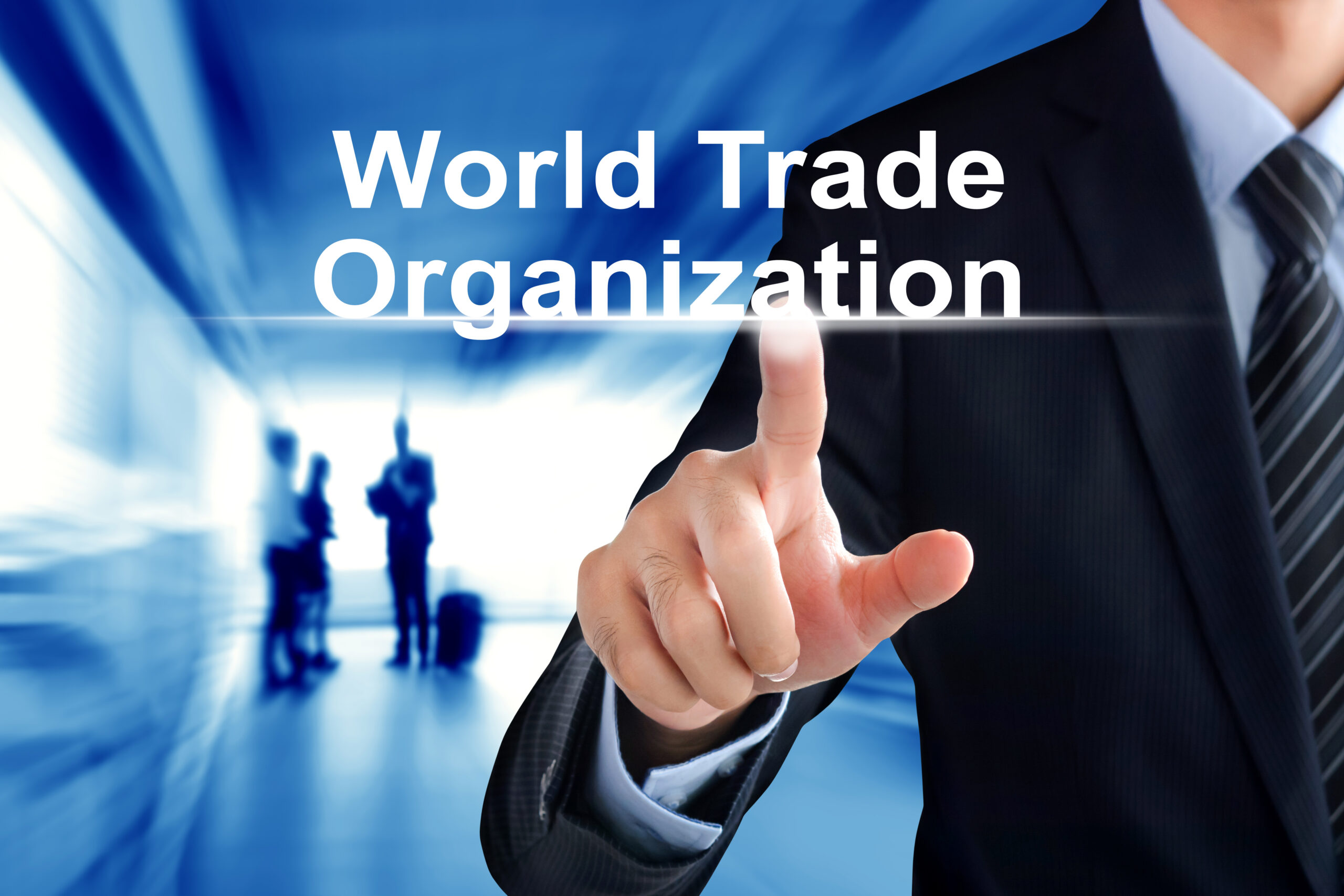
World trade in the first half of 2025 has exceeded expectations and has made the World Trade Organization (WTO) sharply increase its growth to 2.4 % – a remarkable jump of August estimation only 0.9 %. However, optimism is faced with the dark outlook for 2026, although WTO reduces trade growth by 0.5 % because new tariffs are used.
Also Read: WTO on a Crossroad: Immediate Requirement for Reforms
In the last The prospect of world trade and statistics The report published on October 7, WTO shows a strong performance to two drivers: a booming demand for AI -related products and extensive loading of pre -tariffs. The cargo of artificial intelligence components-ranging from semiconductor to servers and remote communications hardware-obtained 20 % last year and accounted for about half of the total increase in commodity trade.
The maritime sector has been one of the greatest stakeholders in this increase. The volume of world trade in the first half of the year 2025 rose 4.9 % compared to the same period last year, while the value of the dollar has increased by 6 % – a significant return to a 2 % increase in 2024.
WTO’s general manager, Okonjo-IWeala, praised the resistance to emerging markets, noting: “South-South trade last year increased 8 % in value in the first half of 2025, compared to 6 % for world trade.”
The report is a global trade map: Asia and Africa are leading the world to export growth, while North America and the Commonwealth of Independent States are declining. On the import front, Africa and the least developed countries are rapidly expanding, in contrast to the weakening of demand in North America.
However, WTO warns that this image can be dark in 2026. The new Trump administration tariff measures, introduced in August 2025, are currently transforming trade flow and increasing input costs. WTO economists warn that these pressures, along with a decrease in inventory levels, can stimulate inflationary effects to the end of 2025.
The maritime service sector is expected to feel its speed as well. The growth of transport services is expected to decline from 4.5 % in 2024 to 2.5 % this year and then in 2026 only 1.8 %. Overall, the growth of maritime services is reduced from 6.8 % in 2024 to 4.6 % in 2025 and 4.4 % in the following year.
In spite of this noise, Okonjo-Iweala emphasized the importance of maintaining trust in world trade frameworks. “The flexibility of trade in 2025 is not based on the stability provided by the multilateral business system,” he said. “But today’s disorders are calling for actions for nations to re -imagine trade.”
For transportation stakeholders, the WTO report offers a mixed outlook: Sustainable demand for AI -related goods and services is likely to remain a key growth engine, even if the uncertainty clouds caused by long -term horizon tariffs.